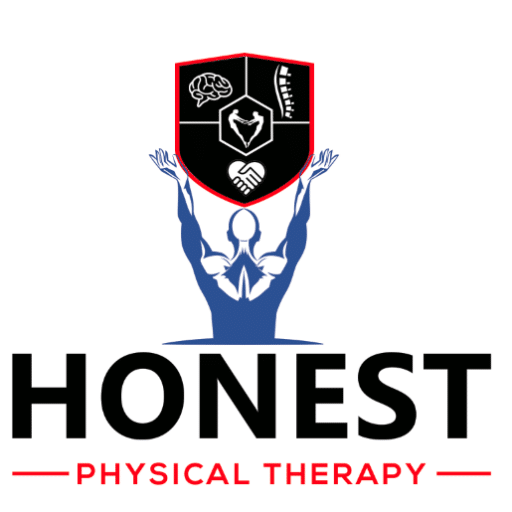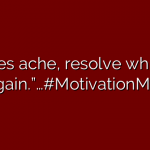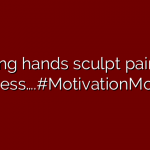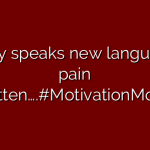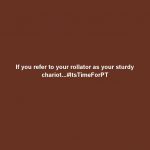Transcript:
[Music]
Sarah S says, “I’ve seen conflicting information about cervical traction online. Is it right for me, and if so, can you explain the specific type of traction you recommend, and will it alleviate my symptoms?” So, Sarah, I’m very happy you asked this because I talk about cervical traction on a near daily basis.
First thing is you’ve got to be cautious about what you find online. And I don’t mean that in the simple sense of like, you know, oh, it’s a bad source, it’s a good source, you probably already know that. Be very mindful of the different types of machines. You pay for quality for a reason. You only get one neck, so don’t mess with it. So, one, don’t put too much stock in Google reviews and sales because the devices we typically use for cervical traction are safe, relatively effective, and they never go on sale. I wish they did, so you know, ensure your information’s coming from credible sources and reviewed by medical professionals. But also, ask us because we might be able to get you a discount or maybe we know something about the device you’re looking at. For example, I get asked about the inflatable pillow-style ones because they’re dirt cheap, typically you find them on those Chinese websites like Teemu or Wish or whatever, they are garbage. I’m telling you, they’re garbage. They don’t do anything, they don’t even provide traction really, so don’t do that.
Second, you also need to determine what type of traction is really going to work for you. So, for example, if you have a very low disc issue and we’re going to traction you, we would really want your neck pitched upward. So, if you’re getting a traction machine that doesn’t change angles, it’s not going to work for you. Similarly, your sensitivity levels play a role. So, there are, I would say, three main styles of traction. The first one is a pneumatic air pump where you can change the levels, it’s typically made by Saunders. That is the Cadillac of traction machines for home use because it’s very expensive, it does work, but the O-rings on it tend to fail and then it leaks, and then, you know, it’s no good, which is why I’m more in favor of a winch cable system. It’s made by a company called Comfortland. So, the parts are cogwheels, it locks when you put on the force, and it pulls. The last one is a very expensive one you usually wouldn’t see in the home, it’s usually part of a larger traction system. It’s more common in chiropractors’ offices where it can oscillate and do multiple parts at once, it’s computerized, it’s nothing you’re going to buy at home. But all those are the ones that I would recommend.
Keep in mind, too, there’s other reasons you may not qualify for traction. For example, the side effects of traction are typically dizziness and headache. So, if you’re getting cervicogenic dizziness from a disc issue, which is where your disc is pushing on your nerves and messing with your either sense of balance or your blood flow in your neck, or something else going on from the pain, or maybe you have just so much tension from your neck being in the state it’s in that you’re getting headaches, traction’s probably not your friend in that case.
That’s why, you know, if you have concerns about this, you don’t feel like your medical people are helping you, then by all means, like I do tell health consults all the time, feel free to call in 63154680 or email the show, we’ll help you out. You should be making informed decisions. So, I thank you for asking because you probably just helped a lot of people.
[Music]
